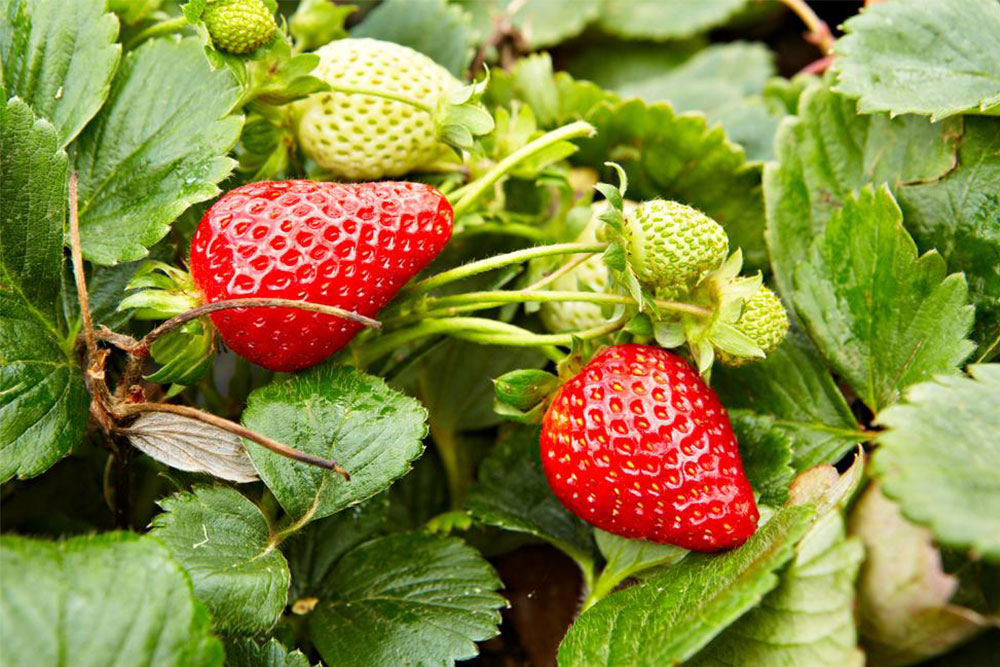Natural Solutions for Achieving a Brighter and Whiter Smile
Discover natural foods and simple habits that can help whiten teeth gradually. From strawberries and dairy to crunchy fruits and bicarbonate, learn effective, affordable methods to enhance your smile's brightness while maintaining good oral health. These natural remedies are safe and easy to incorporate into your daily routine for a healthier, more radiant smile over time.

Natural Strategies to Enhance Your Smile’s Brightness and Whiteness
Maintaining a luminous, white smile is a common goal for many individuals aiming for better oral health and aesthetics. While daily habits like brushing, flossing, and regular dental check-ups are essential, they may not fully address discoloration or yellowing that occurs over time. Numerous factors contribute to teeth staining, including dietary choices, lifestyle habits, and certain medications. Fortunately, there are natural, accessible foods and remedies that can assist in gradually restoring and enhancing the natural whiteness of your teeth.
This article explores effective natural foods and everyday habits that can support your journey toward a brighter smile. Whether you’re looking for affordable alternatives to professional whitening or seeking to maintain your oral health naturally, understanding these options can be highly beneficial. Incorporating certain foods into your diet and adopting simple oral care tips can help you achieve a more radiant smile safely and effortlessly over time.
While professional whitening treatments deliver quick and dramatic results, they can be costly and sometimes involve sensitive procedures. In contrast, natural remedies are gentle, cost-effective, and pose minimal risks. For example, strawberries are rich in malic acid, a natural agent known to help dissolve surface stains on teeth. Applying mashed strawberries directly onto teeth for about five minutes, followed by thorough rinsing and brushing, can contribute to a noticeable improvement in tooth whiteness. This simple practice can be integrated into your oral hygiene routine as a natural stain remover.
Crunchy fruits and vegetables serve multiple purposes in oral health. Their rough texture helps scrub away plaque and food debris, while their high saliva-stimulating qualities naturally clean teeth and neutralize harmful bacteria. Citrus fruits like pineapples and oranges are particularly effective because they enhance saliva production, which aids in natural cleansing processes. However, it's important to consume acidic fruits like lemons with moderation to protect tooth enamel from erosion, as excessive acidity can weaken teeth over time.
Baking soda remains a popular household remedy for teeth whitening. Its abrasive nature helps remove surface stains and plaque buildup. Many toothpaste formulations include baking soda for this reason, and occasional brushing with pure baking soda can be an effective, inexpensive way to boost oral brightness. Nonetheless, it’s advisable to avoid excessive use to prevent enamel abrasion. Incorporating baking soda into your routine thoughtfully can yield noticeable results over weeks of consistent use.
Incorporating dairy products, especially yogurt and hard cheeses, can further support natural teeth whitening efforts. Yogurt contains lactic acid and proteins that help protect teeth from decay and dullness, while cheeses like cheddar or gouda are effective at removing food particles stuck between teeth and stimulating saliva flow. Consuming a variety of these foods regularly can help maintain a healthy, shiny smile while supporting overall oral health.
In addition to dietary adjustments, maintaining good oral hygiene practices like brushing twice daily, flossing, and visiting your dentist regularly are vital components of achieving and preserving a bright, healthy smile. Combining these natural foods with proper oral care ensures a holistic approach to brighter teeth that is safe, sustainable, and effective over the long term.





